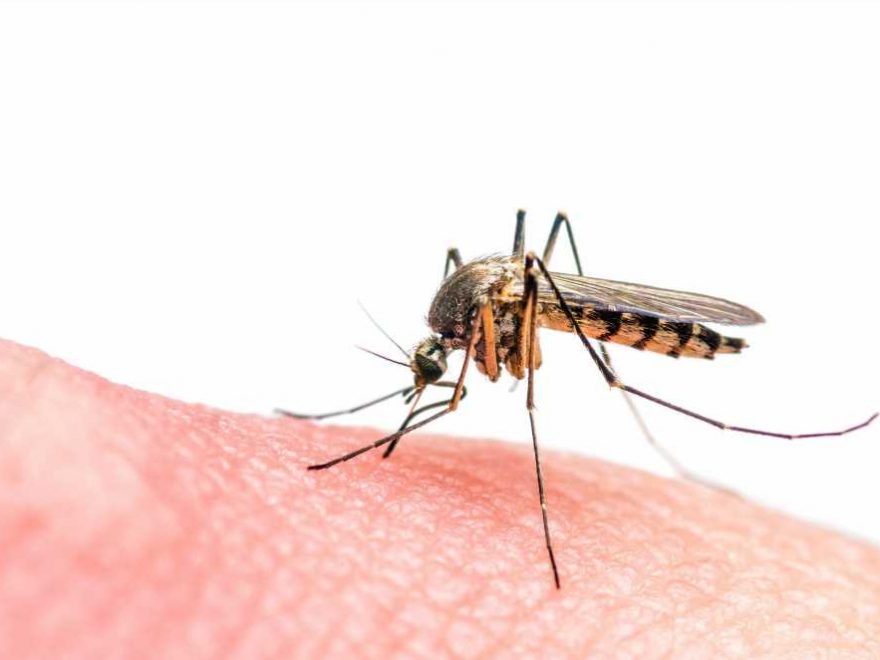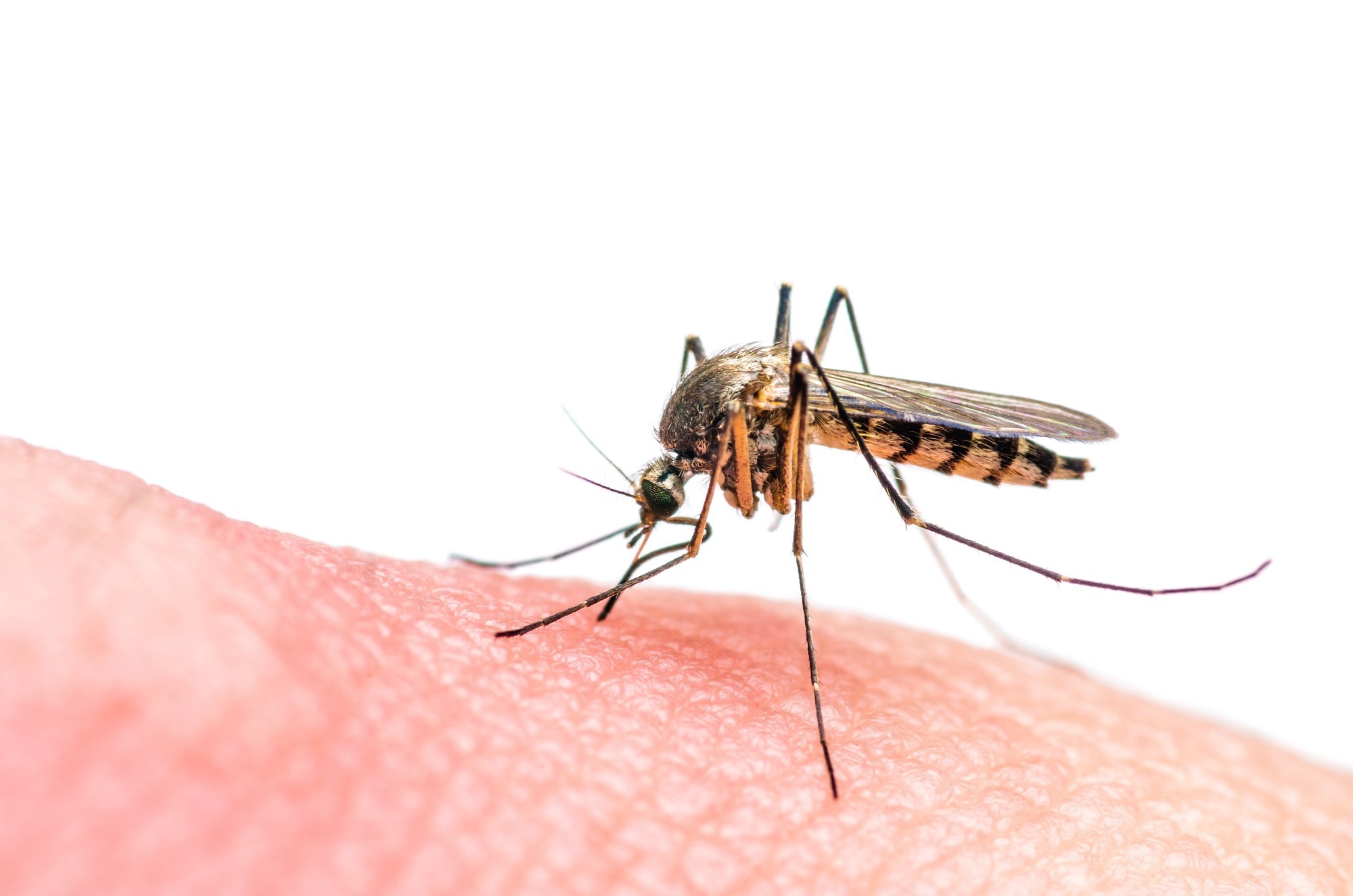
Immunogenicity of insect-specific Zika virus-vectorized vaccine candidates
In a recent study published in Scientific Reports, researchers investigated the immunogenicity, safety, and effectiveness of Aripo-Zika (ARPV/ZIKV), a chimeric insect-specific flavivirus (ISFV)-Zika vaccine.
 Study: Exploring the immunogenicity of an insect-specific virus vectored Zika vaccine candidate. Image Credit: nechaevkon/Shutterstock.com
Study: Exploring the immunogenicity of an insect-specific virus vectored Zika vaccine candidate. Image Credit: nechaevkon/Shutterstock.com
Background
The Zika virus (ZIKV) is a worldwide health issue; however, there are no Food and Drug Administration (FDA)-approved human vaccines. Insect-specific flaviviruses (ISFVs) have garnered increasing scientific interest in vaccine development and diagnostic applications.
In immune-competent and immune-compromised mouse models, a single dosage of Aripo-Zika virus/Zika virus protected completely against viremia, loss of weight, and death. ARPV/ZIKV vaccination protects pregnant women and inhibits transmission to newborns in utero.
Further research is required to identify the appropriate dosage, the effect of booster vaccinations on vaccine-elicited immunity, and the role of vertebrate-infectious flaviviruses (VIFs) during ARPV/ZIKV coinfection among vertebrate cells.
About the study
In the present study, researchers conducted in vivo and in vitro studies to evaluate the immunogenicity and efficacy of the ARPV/ZIKV vaccine candidate in an immunocompetent murine model, examining the transfer of maternal antibodies to offspring.
The team examined the growth dynamics of the coinfecting viral organism in the intracellular and extracellular fractions of infected Vero-76 cells to investigate the impact of ZIKV coinfection with the Aripo virus or Aripo-Zika viruses in the cells of vertebrates.
Dosage de-escalation analyses were performed in immune-competent mice to establish the optimum ARPV/ZIKV dosage that generates a protective immunological response. C57BL/6J murine animals received Aripo-Zika virus diluted in successive 1:10 dilutions in the range of 1012 to 108 genome copies [GC; i.e., 109-105 focus-forming units (FFU)] or phosphate-buffered saline (PBS), Aripo virus, and Zika virus PRVABC59 controls.
Fifty-percent plaque reduction neutralization titers (PRNT50) and neutralizing antibody (nAb) titers were determined. The researchers next investigated the effectiveness and passive transfer of Aripo-Zika virus-induced antibody titers from immunized dams to progeny.
Dams were administered the Aripo virus, Aripo-Zika virus, Zika virus PRVABC59, or phosphate-buffered saline, and offspring were challenged with a fatal dosage of Zika virus at 28 days of age to assess the rate, quantity, and protection provided by passive transmission of maternal antibodies to their offspring.
Mice were vaccinated with only the prime vaccination (no booster, NB), a single booster dose provided four weeks after the prime vaccination (1B) or two and four weeks after the prime one (2B) to evaluate the effects of prime boost regimens on vaccine immunogenicity and effectiveness. PBS, ARPV, and ZIKV control mice received prime-boost vaccination.
Results
Increased dosage showed an almost linear association with immunogenicity, and 1011 genomic copies (i.e., 108 FFU) were the minimal dosage necessary for protection against Zika virus-induced morbidity and death in mice.
Adding booster doses did not improve ARPV/ZIKV vaccine effectiveness. Weanling mice produced from Aripo-Zika virus-immunized dams were entirely protected from Zika virus-induced morbidities and death upon challenge, showing that maternally derived antibodies were transferred efficiently.
In vitro investigations of ZIKV coinfection with Aripo virus and Aripo-Zika virus in African green monkey kidney cells (Vero-76) revealed that Aripo virus and Aripo-Zika virus could not replicate in the cells of vertebrates, in spite of vigorous ZIKV replication.
ZIKV titers in the intracellular fraction were considerably lower at 96- and 120-hours post-infection (hpi) during Aripo virus or Aripo-Zika virus coinfections than during control ZIKV infections. By 9.0 dpc, the progeny of Aripo virus-vaccinated dams had 60% mortality and 80% total deaths by 14.0 dpc.
The progeny of Zika virus PRVABC59-vaccinated dams died 100% in 10 dpc, while the progeny of naive (SHAM-vaccinated) murine animals died 80% in 13 dpc.
The nAb assays indicated that adolescent mice generated from Aripo-Zika virus-immunized mothers showed effective neutralization (nAb, 3.2 PRNT50) 21 days post-birth, persisting at 2.8 PRNT50 28 days post-birth.
Aripo-Zika virus-immunized dams exhibited neutralizing antibody levels of 3.8 PRNT50 four weeks post-vaccination (dpv), whereas Zika virus PRVABC59-vaccinated dams had 2.9 PRNT50 after four weeks of vaccination.
Twenty-one-day-old pups from Aripo-Zika virus-immunized mothers demonstrated 3.2 PRNT50 neutralizing antibodies, whereas pups from Zika virus PRVABC59-vaccinated mothers had 1.4 PRNT50 neutralizing antibodies.
Adolescent mice produced from Aripo-Zika virus-vaccinated dams showed neutralizing antibody titers of 2.8 PRNT50 at four weeks, whereas Zika virus PRVABC59-vaccinated mothers showed neutralizing antibody titers of 1.5 PRNT50. At 2.0 and 4.0 dpc, Zika virus PRVABC59-vaccinated children developed significantly higher viremia than controls.
Aripo-Zika virus-immunized NB and Zika virus PRVABC59-vaccinated control mice demonstrated similar nAb titers (3.3 PRNT50). Aripo-Zika virus-immunized 1B and 2B murine animals exhibited 3.4 and 3.5 PRNT50 nAb titers, respectively.
Post-challenge PRNT50 nAb titers in Aripo-Zika virus-immunized non-boosted, single dose-boosted, and two dose-boosted groups were 3.6, 3.6, and 3.5, respectively, and did not statistically significantly differ from pre-challenge neutralizing antibody titers in Aripo-Zika virus-immunized the non-boosted, single dose-boosted, and double dose-boosted groups, indicating attainment of sterilizing immunity.
Conclusion
Based on the study findings, ISFV-based vaccines, especially those with the ARPV backbone, are safe and efficacious against flaviviruses.
In vitro coinfection investigations revealed that even during vigorous ZIKV replication, ARPV/ZIKV and ARPV remain incapable of replicating in vertebrate cell culture. ARPV/ZIKV remains a safe chimeric vaccination with no replication risk.
The minimum dosage required for complete protection against ZIKV-induced disease is 1011 GC or 108 FFU per mouse, with ARPV/ZIKV vaccination providing total protection.
-
Tanelus, M., López, K., Smith, S. et al. (2023) Exploring the immunogenicity of an insect-specific virus vectored Zika vaccine candidate. Sci Rep 13. doi: https://doi.org/10.1038/s41598-023-47086-9. https://www.nature.com/articles/s41598-023-47086-9
Posted in: Medical Science News | Medical Research News | Disease/Infection News
Tags: Antibodies, Antibody, Cell, Cell Culture, Children, Diagnostic, Efficacy, Food, Genome, Genomic, immunity, In Utero, in vitro, in vivo, Intracellular, Kidney, Mortality, Research, Vaccine, Virus, Zika Virus

Written by
Pooja Toshniwal Paharia
Dr. based clinical-radiological diagnosis and management of oral lesions and conditions and associated maxillofacial disorders.